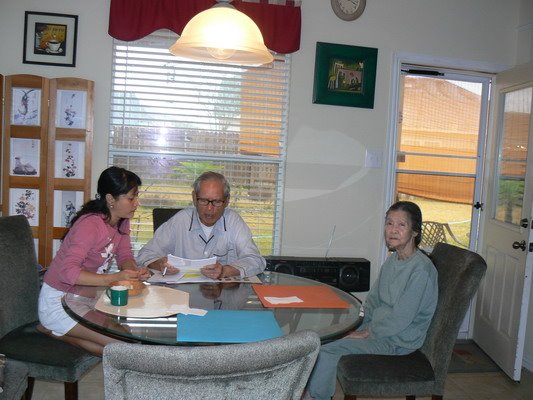 From the arrival of the Spanish conquistadors, Mayans have lived in a state of turmoil. Their land continues to be stolen from them, and their labor is exploited to this day. The United States has stepped into the role originally defined by the Spanish, which culminated in genocide during the 1970s and 80s. Largely driven by a fear of communist expansion, we supported and trained a government who stopped at nothing to make sure Mayans did not achieve the basic human rights for which they asked.
From the arrival of the Spanish conquistadors, Mayans have lived in a state of turmoil. Their land continues to be stolen from them, and their labor is exploited to this day. The United States has stepped into the role originally defined by the Spanish, which culminated in genocide during the 1970s and 80s. Largely driven by a fear of communist expansion, we supported and trained a government who stopped at nothing to make sure Mayans did not achieve the basic human rights for which they asked.
 My understanding of the circumstance in Guatemala is largely informed by the writing of Nobel peace prize winner Rigoberta Menchú. When a friend holds up a new cotton t-shirt she picked up for $5 at Target, I wonder at the true cost and history of that garment. Treated like slaves on plantation style agricultural production facilities owned by multinational corporations, Mayan farmers fill the demands of a cheap US lifestyle which comes at a severe cost to both people and the environment in Guatemala.
My understanding of the circumstance in Guatemala is largely informed by the writing of Nobel peace prize winner Rigoberta Menchú. When a friend holds up a new cotton t-shirt she picked up for $5 at Target, I wonder at the true cost and history of that garment. Treated like slaves on plantation style agricultural production facilities owned by multinational corporations, Mayan farmers fill the demands of a cheap US lifestyle which comes at a severe cost to both people and the environment in Guatemala.
 Somehow, Mayan culture is not decimated. I can’t think of many populations who have a greater respect for the earth, and whose traditional farming techniques work in such harmony with their environment. I am in awe of the Mayan dedication to tradition and their core set of values, of which love of the environment is primary. They still practice ancient customs and manifest them through the colorful and intricate weavings which are worn with pride.
Somehow, Mayan culture is not decimated. I can’t think of many populations who have a greater respect for the earth, and whose traditional farming techniques work in such harmony with their environment. I am in awe of the Mayan dedication to tradition and their core set of values, of which love of the environment is primary. They still practice ancient customs and manifest them through the colorful and intricate weavings which are worn with pride.
 For this series of mixed media works on paper, I started with printing stone lithographs of lush forest. I stained the forest prints with fresh tar by driving over them with my truck. They were then torn into the small squares that are the foundation of the work. The process of making these grounds are a reflection of the situation which has been imposed on the Maya for generations; in which their land has been torn from them and fragmented only to be exploited. The texture of tar is an echo of the continuing destructive influence of multinational corporations. Tar is made from oil which also makes up the petrochemicals used in agriculture that are decimating the environment. The watermedia drawings are portraits of Mayan women I gathered at the highlands market in Chichicastenango. Exploring a wide range of human emotion from being weary and hurt to looking forward with hope, the vignettes are intended to explore the breadth and range of emotional textures in this community.
For this series of mixed media works on paper, I started with printing stone lithographs of lush forest. I stained the forest prints with fresh tar by driving over them with my truck. They were then torn into the small squares that are the foundation of the work. The process of making these grounds are a reflection of the situation which has been imposed on the Maya for generations; in which their land has been torn from them and fragmented only to be exploited. The texture of tar is an echo of the continuing destructive influence of multinational corporations. Tar is made from oil which also makes up the petrochemicals used in agriculture that are decimating the environment. The watermedia drawings are portraits of Mayan women I gathered at the highlands market in Chichicastenango. Exploring a wide range of human emotion from being weary and hurt to looking forward with hope, the vignettes are intended to explore the breadth and range of emotional textures in this community.
http://www.lee-lee.com/release/guate.shtml



No comments:
Post a Comment